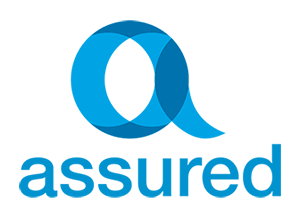In the eighties when I was part of setting up broking in Adelaide, banks made sure that they completed due diligence before approving a loan.
It looks like prudent lending is here to stay –
But what it is exactly?
Here’s how it went:
Jonny goes to a bank and says, “Look I have been paying rent of $350 pw for 3 years and haven’t missed a beat. I would like a loan without any deposit please.”
OR
Another Jonny comes up and says, “I’ve got a free hold home I know I can’t prove my income but lend me some money against my home, I’ll be right.”
In the eighties that type of home loan lending application wasn’t even heard of! Lenders wouldn’t even consider such a thing because they had “prudent lending” and that meant they ensured the applicant’s income was PROVEN and security WAS there as well.
So what is prudent lending?
Prudent def = “careful to avoid undesirable consequences”
Let’s go back to the late nineties when NON conforming loans or (non prudent loans ) started to come in. “This is going to be VERY interesting!”, I thought.
New non-prudent lenders were popping up everywhere saying things like, “If you have the security, we don’t care whether you can’t prove that you can service the loan. We are secure.” Incredibly, within a few short years the banks were doing the same thing, an incredible turn around! This is where sub-prime mortgages entered the industry…
Now this was brought about by our American friends, good on ‘em! It was like a great big pressure cooker building up steam.
And, of course, the inevitable happened… When it came time to pay, loans started going bad everywhere. We have all now experienced the result of these actions…
It’s called a global financial crisis.
Now that we (the Australian lenders) have all learnt our lesson! It’s back to prudent lending again as things have come full circle. Here are the factors now used again by lenders to assess a home loan application:
- In a nut shell, even a small deposit shows that a person is adjusting their way of life and thinking towards the consequences as well as the benefits of buying their first home – the first step in prudent lending practice. (These days both bank and non bank lenders will usually only lend up to 90% – 97% absolute max)
- The next factor is the DSR or ‘debt serviceability Ratio’. In the eighties, this was a flat 30% of your gross income, ie if your income was $3,000 per month gross, your maximum out goings was limited to $1,000. (30% of $3,000).
- Then there’s the net disposable income test. The lender would consider your net income, plus your loan re-payments (including the new loan), adds so much for each child, and the income left is considered to be ‘net disposable income’. If you had enough surplus! Presto! Your loan would be approved.
While it might seem a little tough, there are many good reasons for returning to prudent lending – for a start, no-one wants another Global Financial Crisis! The impact of non-prudent lending practices was felt right across the globe and certainly was an interesting moment in global banking history, and hopefully, one not likely to ever be repeated again in our lifetime.
So there it is… a complete circle.. we end up where we began…and we all reap what we sow – especially the big banks!
If you’re having trouble with home loan approval, we may be able to help. We’ve certainly helped others, see our case studies.



